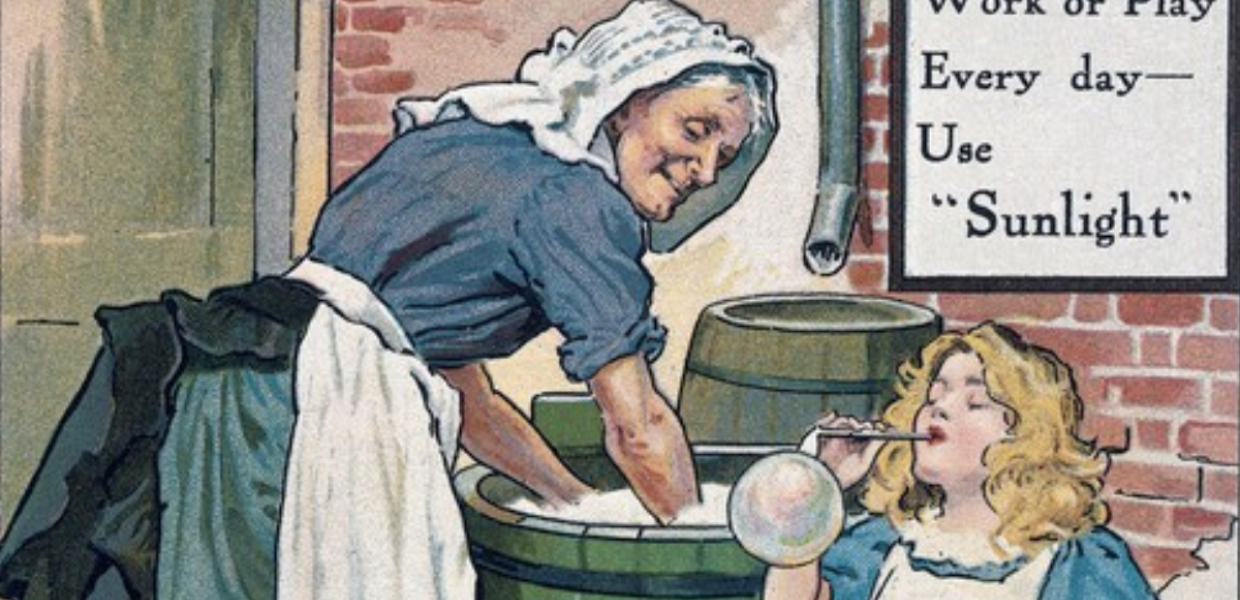Ideas for digital engagement in the time of COVID-19
This is a challenging time for our sector. With cultural heritage institutions across the world temporarily shut, organisations are exploring new ways to promote their content in accessible and engaging formats, as people look to enjoy collections from their own homes. In this post we highlight resources, tools and ideas from Europeana and cultural heritage institutions around the world which offer creative ways to share cultural heritage online.
We've seen some amazing ideas and activities for getting audiences and peers involved and engaged in digital cultural heritage. The response from the cultural heritage institutions during this difficult time has been inspiring, and we want to share some of the ideas we have seen, along with our own, as suggestions below.
If you’re looking for ways to engage
-
Give audiences the opportunity to enrich your collections. Asking people to transcribe cultural heritage content offers them both an activity and brings them closer to collections online. For example, Transcribathon is a crowdsourcing platform which encourages people to add transcriptions and tags to historical documents, while The Egypt Centre in Wales is looking for volunteers to transcribe auction catalogues.
-
Encourage people to recreate famous artworks from their own homes. This has been a call to action from many cultural heritage institutions (check out this article from the Getty Museum) and people have been sharing their creations on Twitter and Instagram using #TussenKunstenQuarantaine and #BetweenArtAndQuarantine. The VanGoghYourself Tool helps people to recreate and share images of themselves as famous works of art - a perfect way to contribute to the initiative!
-
Ask audiences to contribute their own experience. The Museum of Ordinary People in the UK is inviting audiences to share their own experiences of life in the coronavirus crisis, while people can always contribute material from their own lives to Europeana collections.
-
Offer virtual tours. The Rijksmuseum and Le Scuderie del Quirinale have shared video tours of their collections, while the Keukenhof gardens in the Netherlands are virtually open for exploration. Another way into virtual tours is to share collections through Twitter; the Victoria and Albert Museum curate virtual #TourTuesdays which share related images from a collection.
-
Explore virtual exhibitions. For inspiration, have a look at the online exhibitions curated by Europeana and our partners.
-
Add cultural heritage to conference calls. The popular conferencing platform Zoom has a ‘Virtual Background’ feature which allows you to transform the regular background with a picture, and Europeana has collated artwork that can be used on the Zoom virtual background to liven up conference calls.
-
Use cultural heritage to celebrate together virtually. The Jewish Heritage Network have created a new way for people to convene - virtually - for Passover eve, while reading together a very special Haggadot shared by members of their network. Explore the website.
If you’re seeking to learn from peers in the sector
-
Explore relevant webinars from the Europeana Communicators Community. You can watch their webinar on digital storytelling or explore their more recent webinar on Culture From Home, which highlighted some of the ways cultural heritage institutions are turning online to engage with audiences in this difficult time of quarantine. You can rewatch the whole webinar, as well as explore slides and links!
-
Explore the Teaching with Europeana blog, which offers learning scenarios and lesson plans to provide inspiration on how to embed cultural heritage in education.
-
Read reflections from the sector:
-
‘4 ways museums can successfully leverage digital content and channels during coronavirus’ from Cuseum
-
‘The 8 Essential Things Museums are Providing Right Now’ from the Museum Computer Network
-
‘Impact of the 2019–20 coronavirus pandemic on the arts and cultural heritage’ - a new and evolving Wikipedia page created by Liam Wyatt.
-
-
Explore examples of how collections are being shared on social media - a humorous example comes from The Cowboy Museum in America, which is experimenting with new approaches from staff members! The Museum of Rural English Life, meanwhile, is encouraging people to recreate its collections in Minecraft, while the National Museum of American History is matching emojis with objects from its collections.
If you would like to work with Europeana collections
-
Make use of Europeana APIs to develop new tools and apps for engagement, drawn from your own collections or those of museums and galleries across Europe.
-
Suggest an idea for content on Europeana.eu. If your collection is available through Europeana, this could be a way to highlight your objects through a blog or gallery!
-
If your collections are not available through Europeana but you would be interested in this, explore our guide on how to share your data.
These offer only some examples of ideas and initiatives from across our sector at this time and we are keen to highlight more. If you’re got more ideas and examples please share them with us.



